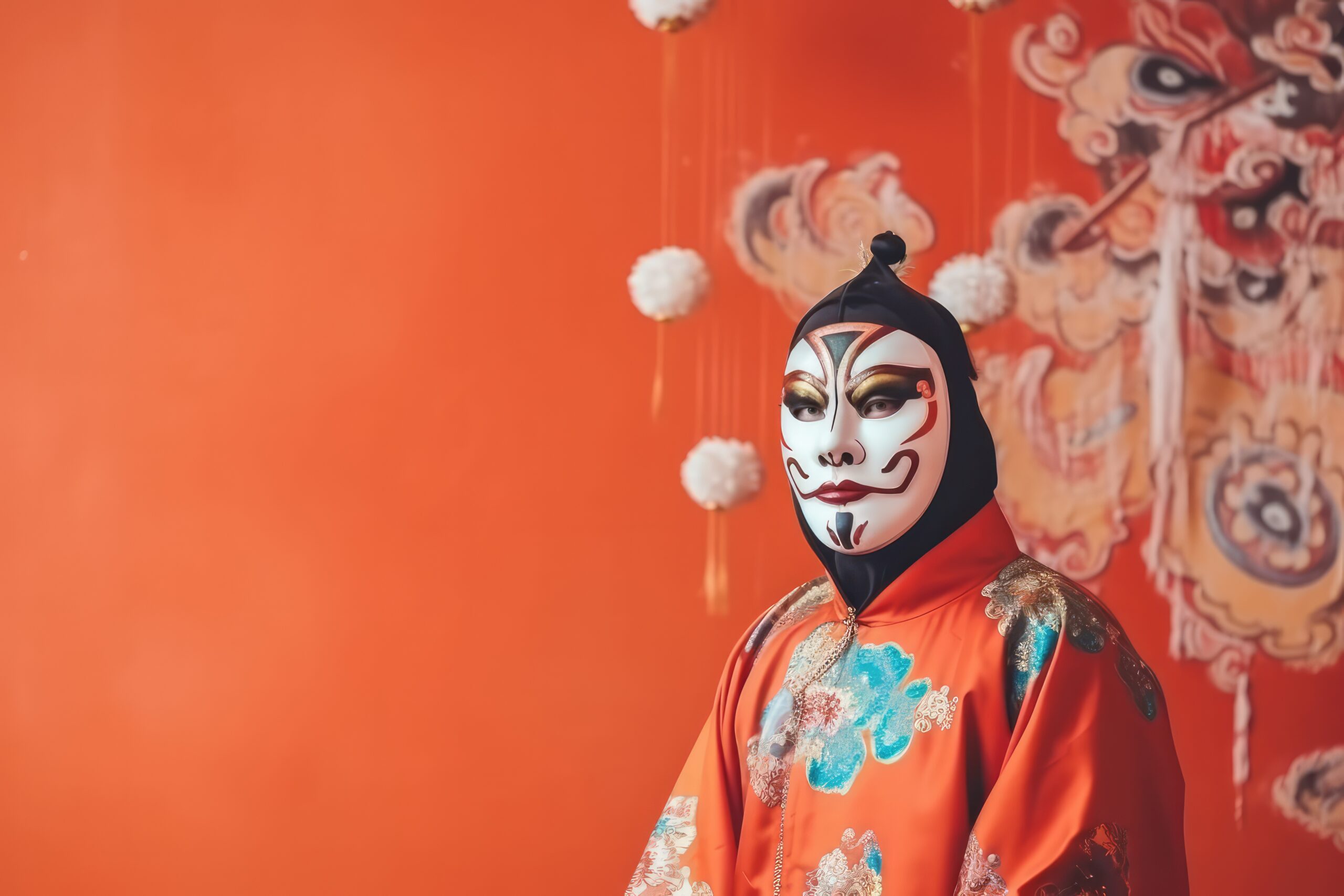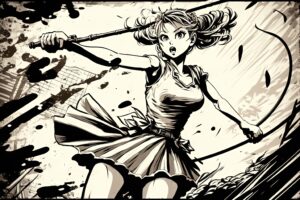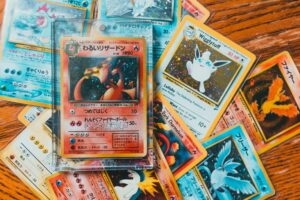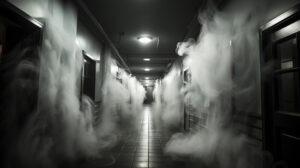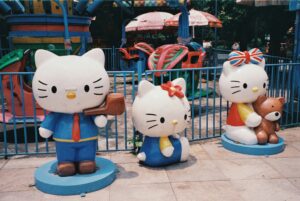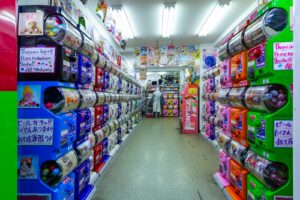Kabuki Theater, Japan’s striking and vibrant contribution to the world of performing arts, remains a captivating spectacle that has enchanted audiences for centuries. Known for its elaborate costumes, exuberant makeup, and dramatic storytelling, Kabuki has managed to preserve its tradition while adapting to the changing tastes of its audience. This exploration delves into the heart of Kabuki Theater, unveiling its mysteries, charting its evolution, and celebrating its enduring legacy. From its origins to its modern-day manifestations, we journey through the world of Kabuki, revealing the artistry and dedication that keep this historic art form alive and thriving.
Unveiling the Mystery of Kabuki Theater
Kabuki Theater is a world where drama, music, and dance collide to create a unique spectacle. Known for its highly stylized performances, the art form presents stories that range from historical epics to tragic romances, all characterized by elaborate staging and performance techniques. The word "Kabuki" itself is derived from the verb "kabuku," meaning "to lean" or "to be out of the ordinary," aptly reflecting the art form’s departure from conventional theater. Kabuki’s allure lies not only in its dramatic narratives but also in the meticulous attention to detail evident in every aspect of its presentation, from costumes and makeup to set design and music.
The Origins of Kabuki: A Journey Back in Time
The roots of Kabuki Theater trace back to the early 17th century, when it was founded by Izumo no Okuni, a female shrine dancer from Kyoto. Initially, performances were often impromptu street acts that featured women portraying both male and female roles in humorous or provocative skits. However, this early form of Kabuki, primarily performed by women, was soon banned by the government due to the racy themes and the social disturbances it caused. Despite such setbacks, the art form persisted, evolving over time to adopt a more refined and structured approach to storytelling and staging.
The Evolution of Kabuki: From Streets to Stage
As Kabuki evolved from its street theater origins, it underwent significant changes that helped shape its modern form. By the 18th century, Kabuki had become a popular form of entertainment among the common people, moving from outdoor performances to established theaters. This period saw the codification of many elements that are now quintessential to Kabuki, including the use of the hanamichi (a runway stage extension into the audience), elaborate stage mechanisms, and a focus on stylized performances. The repertoire of Kabuki expanded, incorporating a mix of historical narratives, domestic dramas, and dance pieces, each contributing to the rich tapestry of Kabuki Theater.
The Unique Elements of Kabuki Theater Explained
One of the most distinctive features of Kabuki is its use of onnagata, male actors who specialize in playing female roles. This tradition, born out of necessity when women were banned from performing, has become one of the most revered aspects of Kabuki, showcasing the actors’ ability to embody their characters’ essence. Additionally, Kabuki incorporates a unique musical style, with the narrative often driven by live music and chanters who narrate the story. The use of exaggerated makeup (kesho) and costumes also plays a critical role, with each element carefully chosen to convey the characters’ nature and emotions, further enhancing the visual spectacle of the performance.
The Role of Women in Kabuki: A Historical Perspective
The ban on women performing in Kabuki, instituted in the early 17th century, significantly altered the trajectory of the art form. The government’s concerns over public morality led to the emergence of young male actors, known as wakashu, to take on the roles previously played by women. However, this led to similar moral panics, eventually resulting in the exclusive use of adult male actors for all roles. Despite their absence on the stage, women continued to play a vital role in the Kabuki world as playwrights, costume designers, and influential patrons, contributing significantly to the art form’s development and enduring popularity.
The Art of Transformation: Male Actors in Female Roles
The practice of men playing female roles, or onnagata, in Kabuki is a masterful display of skill and artistry. Onnagata actors undergo rigorous training to perfect the art of embodying the female persona, meticulously studying women’s movements, gestures, and speech patterns. This transformation extends beyond physical appearance, involving a deep immersion into the character’s emotional world. The onnagata’s performance is a celebrated aspect of Kabuki, showcasing the actor’s ability to transcend gender boundaries and bring complex female characters to life with authenticity and sensitivity.
The Language of Kabuki: Understanding the Dialogue
Kabuki’s language is another element that sets it apart from other theater forms. The dialogue in Kabuki is delivered in an archaic form of Japanese, which can be challenging for modern audiences to understand. However, this use of old Japanese adds a poetic dimension to the performances, resonating with the timeless themes and historical settings of many Kabuki plays. To aid comprehension, some theaters provide subtitles or commentary through earphones, allowing even those unfamiliar with the language to appreciate the depth and beauty of Kabuki’s storytelling.
The Spectacle of Kabuki Costumes and Makeup
The visual splendor of Kabuki is perhaps most evident in its elaborate costumes and makeup. Costumes are meticulously designed to reflect the period, status, and personality of each character, with every detail—from fabric choice to color scheme—imbued with symbolic meaning. The makeup, known as kumadori, involves the use of bold lines and vibrant colors to accentuate the actors’ expressions, effectively transforming them into the characters they portray. This visual language is integral to Kabuki, enhancing the emotional impact of the performance and contributing to the overall sensory experience.
Music and Movement: The Heartbeat of Kabuki
Music and dance are integral to Kabuki, providing the emotional and rhythmic backbone of the performances. Traditional instruments like the shamisen, flute, and drums accompany the actors, setting the tone and pace of the narrative. The choreography, ranging from subtle gestures to dynamic fight scenes, is meticulously synchronized with the music, creating a harmonious blend of visual and auditory stimuli. This fusion of music and movement not only enhances the storytelling but also showcases the physical prowess and artistry of the performers.
Iconic Kabuki Plays: A Guide to the Classics
Among the vast repertoire of Kabuki plays, several stand out as iconic classics, beloved by audiences for generations. Plays like "Kanjincho," "Chushingura," and "Yoshitsune Senbon Zakura" are celebrated for their compelling narratives, complex characters, and spectacular staging. These classics, often based on historical events or legendary tales, continue to resonate with modern audiences, offering timeless insights into human nature and society. Through these storied performances, Kabuki preserves the rich heritage of Japanese culture and storytelling, captivating viewers with its drama, beauty, and emotional depth.
Preserving Tradition: Kabuki in the Modern Era
Despite the challenges posed by changing societal norms and technological advancements, Kabuki has remained a vibrant and relevant art form. Efforts to preserve its traditions while making it accessible to a broader audience have included incorporating modern themes, offering performances with English subtitles, and utilizing social media to engage younger generations. These initiatives ensure that Kabuki not only survives but thrives, continuing to enchant audiences with its unique blend of history, artistry, and spectacle.
Experiencing Kabuki: Tips for First-Time Viewers
For those new to Kabuki, the experience can be both exciting and daunting. To fully appreciate the art form, first-time viewers are encouraged to familiarize themselves with the story and characters beforehand. Opting for performances with English subtitles or commentary can also enhance understanding and enjoyment. Moreover, attending a variety of plays, from the classics to modern interpretations, can provide a broader perspective on the art form’s richness and diversity. With an open mind and a bit of preparation, the world of Kabuki Theater opens up, offering a window into Japan’s cultural soul and its dramatic artistic legacy.
Kabuki Theater stands as a testament to Japan’s rich cultural heritage, offering a mesmerizing blend of history, drama, and artistry. Its ability to evolve while maintaining its core traditions speaks to the resilience and enduring appeal of this dramatic art form. Through an understanding of Kabuki’s origins, elements, and evolution, audiences can better appreciate the depth and beauty that define this iconic Japanese theater. As Kabuki continues to captivate and inspire, it remains a vibrant and vital part of the cultural tapestry, inviting all to experience its unique spectacle and storytelling magic.
